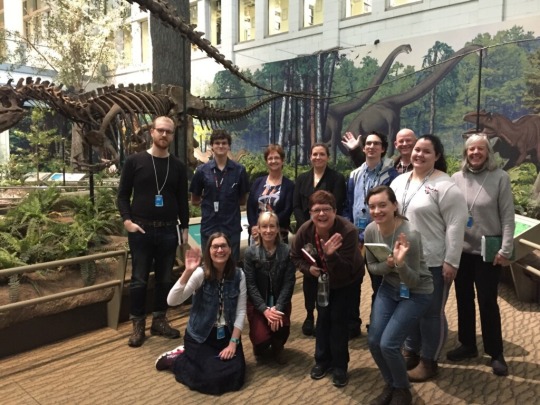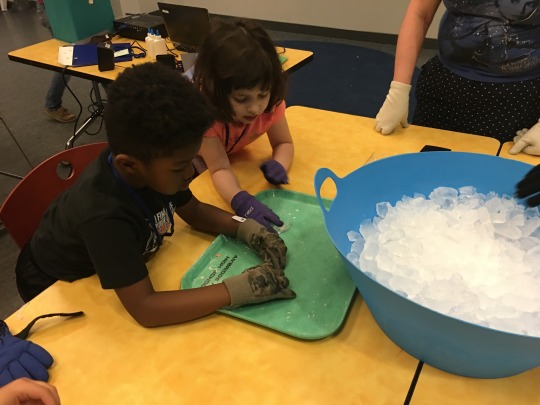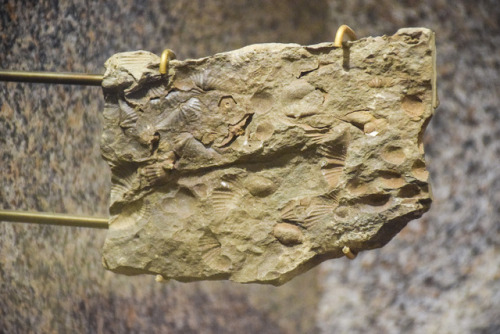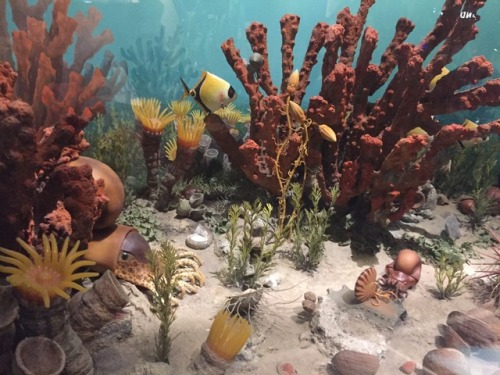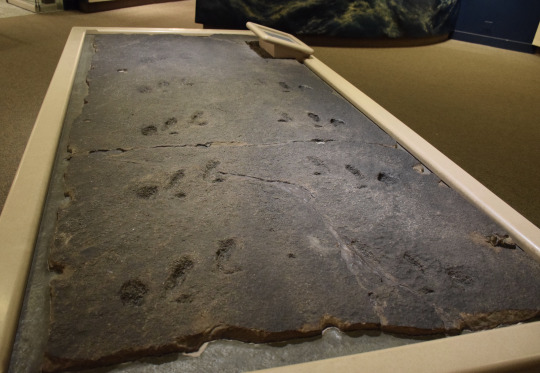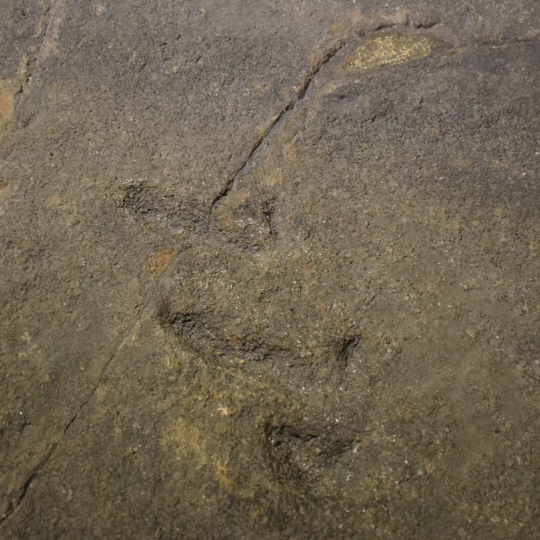Recent education initiatives in the Section of Invertebrate Paleontology encourage citizen science collaborations among professional geological societies to elevate the value of fossil collections, research and museum exhibits of the Carnegie Museum of Natural History. For example, this April, 20 members of the North Alleghenies Geological Society were introduced to exceptional Pennsylvanian age fossils on display in Benedum Hall of Geology, i.e., the giant Eurypterid trackway (discovered in Elk County, PA) and the amphibian fossil skull Fedexia (discovered in Moon Twp., near the Pittsburgh International Airport), and the Jurassic age Lyme Regis of England, Holzmaden and Solnhofen fossils of Germany in Dinosaurs in Their Time. And yes, we did view the Carnegie dinosaurs from the Morrison Formation of Sheep Creek, Wyoming and Dinosaur National Monument, Jensen, Utah. The group was amazed with the behind-the-scenes in fossil invertebrates. This month, another citizen science field trip event took place to Slippery Rock Gorge and Moraine State Park in Butler and Lawrence Counties for 40 members of the Pennsylvania Council of Professional Geologists (PCPG). The title of the field trip: The Last Ice Age in Western Pennsylvania: A Changing Climate as Seen in the Glacial Landscape co-led by Albert D. Kollar of the Carnegie Museum of Natural History and Dan A. Billman (Billman Geologic Consultants, Inc). Dan and his wife Pam (both geologists) are longtime supporters of the section and museum. They are members of the section’s PAlS (Patrons and lauradanae Supporters). Dan co-authored the 2011 PAlS Publication 11, Geology of the Marcellus Shale and has provided drill cuttings of the 390 million-year-old Marcellus Shale for the section’s Geology and Energy workshops. Dan served as president of PCPG in 2017 and 2018 and asked if I would be interested to co-lead a glacial geology field trip for PCPG in June of 2019.
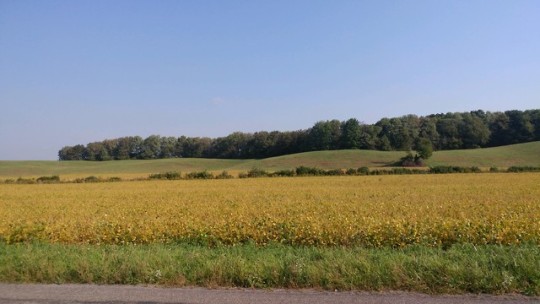
So why propose a field trip to the region known with the best-preserved landscapes of the Last Ice Age in western Pennsylvania? In Dan’s opinion, many of the PCPG members are certainly aware of the current discussion on human induced climate change but may be less familiar with the climate change and landscapes that occurred and formed respectively just 23,000 years ago. For instance, a summary of the professional affiliations of the 40 participants on the field trip confirms a division of sorts in disciplines. The dominant groups in attendance are made up of sixteen environmental geologists, followed by nine oil and gas geologists, four with PA DEP, four earth resource scientists, four geologic consultants, two academic professors, and one part-time school teacher – who asked to volunteer in the section – a new citizen scientist for the section.
To plan the field trip, we reviewed past geologic field trip guides and publications on the subject and visited the sites several times over the last six months. We also looked at key exhibits in the Carnegie Museum that mimic many of the glacial and climate change features that we would see on the field trip. These include the bedrock geology of western Pennsylvania i.e., coal, sandstone, limestone and shale that represent depositional cycles associated with the Milankovitch cyclothems and Earth’s precession. These are related to some 120 glaciation events in the rock record that occurred over Permo-Carboniferous time (Pennsylvanian Period) 319 MA to Early Permian 270 MA. In the museum dioramas: A replica coal forest and coeval marine seaway can be seen in Benedum Hall of Geology. In Botany Hall, the Northern Pennsylvania Bog is an example of a glacial tundra bog like the West Liberty Bog – a paleoclimate indicator. And the Muskox exhibit of the Arctic tundra biome is representative of the Alpine permafrost periglacial environment in the Appalachian ridges, which formed “rock city”. The Last Glacial Maximum, a +/-23,000-year-old Kent glacial terminal moraine, Jacksville Esker, and the scenic gorge at Cleland Rock were the highlights of the trip.
Blog post by Albert D. Kollar, collection manager in the Section of Invertebrate Paleontology at Carnegie Museum of Natural History, and Dan A. Billman of Billman Geologic Consultants, Inc.
